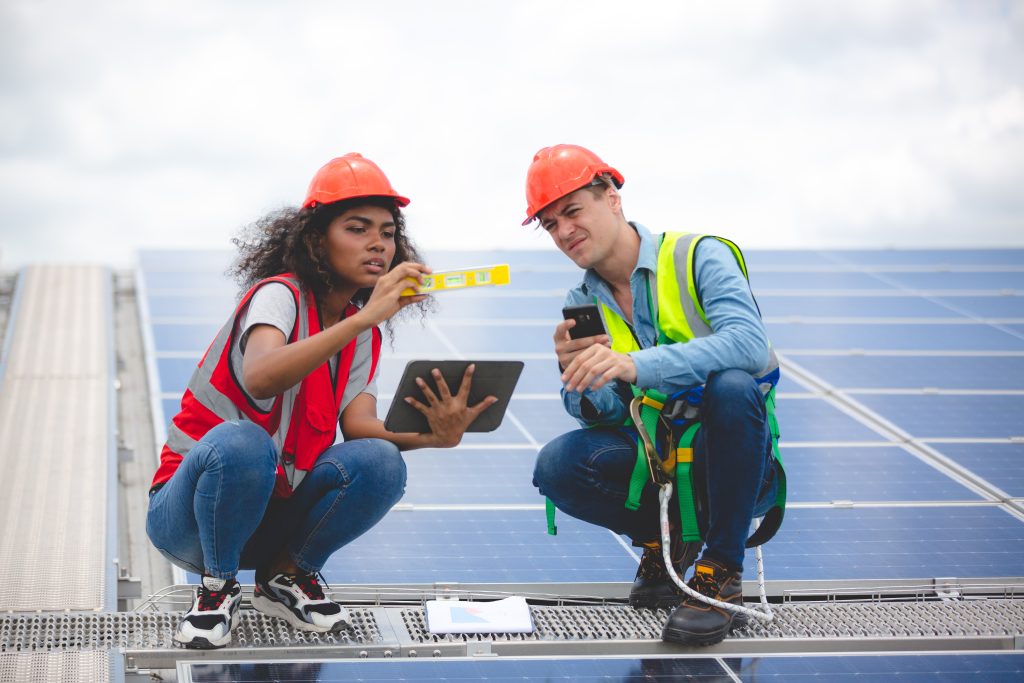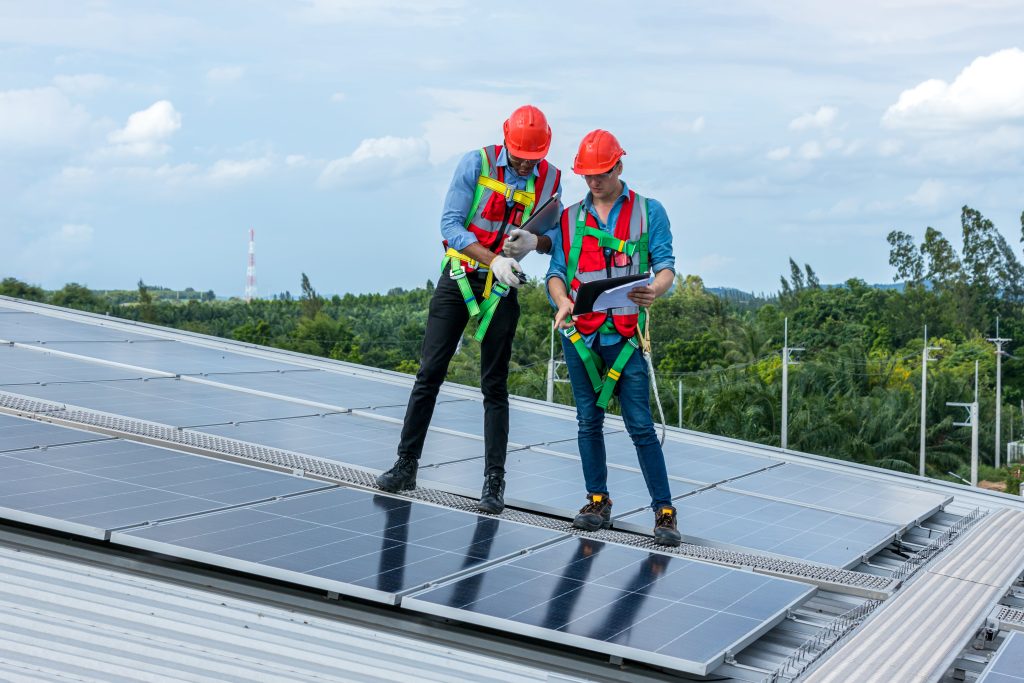How To Maintain Your Solar Panels And Get The Most Out Of Your Servicing Appointment
Solar panels are relatively simple to look after. There are no moving parts, for example, which makes them less likely to succumb to an engineering fault. If they are looked after properly, they should remain problem-free for many years. However, like all systems of this kind, it is a good idea to arrange regular servicing appointments to make sure that any issues are spotted and fixed sooner, rather than later. It is advised to book a servicing appointment at least once every five years, or more often if you prefer.
Get installation advice from your servicing appointment
Much can be done to protect your solar power system when it is first installed. Make sure the panels are fitted correctly and securely so they don’t slip or break. While they obviously need to be positioned in a location that catches plenty of sunshine, take care not to put them anywhere that could be overly exposed to storms, winds and bad weather. Set the right angle to help any snow slide off, rather than collect on the surface and cause damage over time.
Always choose a professional installation company that will take time to ensure the perfect fit and talk you through how to care for the panels correctly. If a servicing package is offered as part of the installation price, or an option is given to include this on ongoing aftercare, take it, as this can represent better value for money than going elsewhere.
Check for issues on your solar panels yourself
Don’t wait until your servicing appointment to take a look at your panels yourself to make sure nothing is going wrong. While you are not likely to want to scale the house to inspect the panels close up, you can still look at them from the ground to see if there is anything glaringly wrong. Use a pair of binoculars to check for an excess build-up of dirt or debris, cracks, slipped panels or loose fittings or bolts.
Pay attention to how the system is performing too. Is the amount of electricity being generated reducing, or is it taking longer to fill up the storage battery than before? Keep an eye on your metre readings to see if there are any issues arising with the electricity supply. This could signal that there is a problem with the panels themselves, or the wiring and internal connection systems. Always check performance at the same time of day to give a better idea of how well your system is working over the longer term.

Remove the risks to your solar panels
Where possible, remove anything that could cause damage to your solar panels, such as overhanging branches. These could not only break off and fall onto the system in high winds, but they are also a great place for birds to perch and release acidic poo down onto the panels. Leafy trees could also be causing more shade to fall onto the surfaces where the panels are installed than you would like – this can compromise their ability to capture energy from the sun’s rays.
Any climbing plants, such as ivy, vines or creepers, which look like they are going to encroach onto the panels should also be pruned back or removed altogether before they cause damage further up. This can also help keep gutters free from foliage to improve your drainage system and protect roof tiles not covered by photovoltaic panels or their mountings.
Things to tell your servicing engineer
When your servicing appointment is drawing near, take another close look at your system. Make some notes about what to tell your engineer when they arrive to carry out the work. For example, take down some details about how the electricity performance has been recently. If there is an instance of bad weather and it is safe to do so, go outside to see how the panels are coping with the adverse conditions. Let the engineer know of any concerns you may have around your system’s ongoing durability or state of wear and tear.
Check that the inverters are still flashing green, which tells you that all is working correctly. If they are not, note this and tell your engineer on their arrival. Point out any areas which are particularly dirty and may need more attention. Finally, set aside some funds to pay for any repairs that might be necessary. The longer you leave repairs to a solar panel system, the costlier the issue will be to put right when you eventually sign up for the work.



